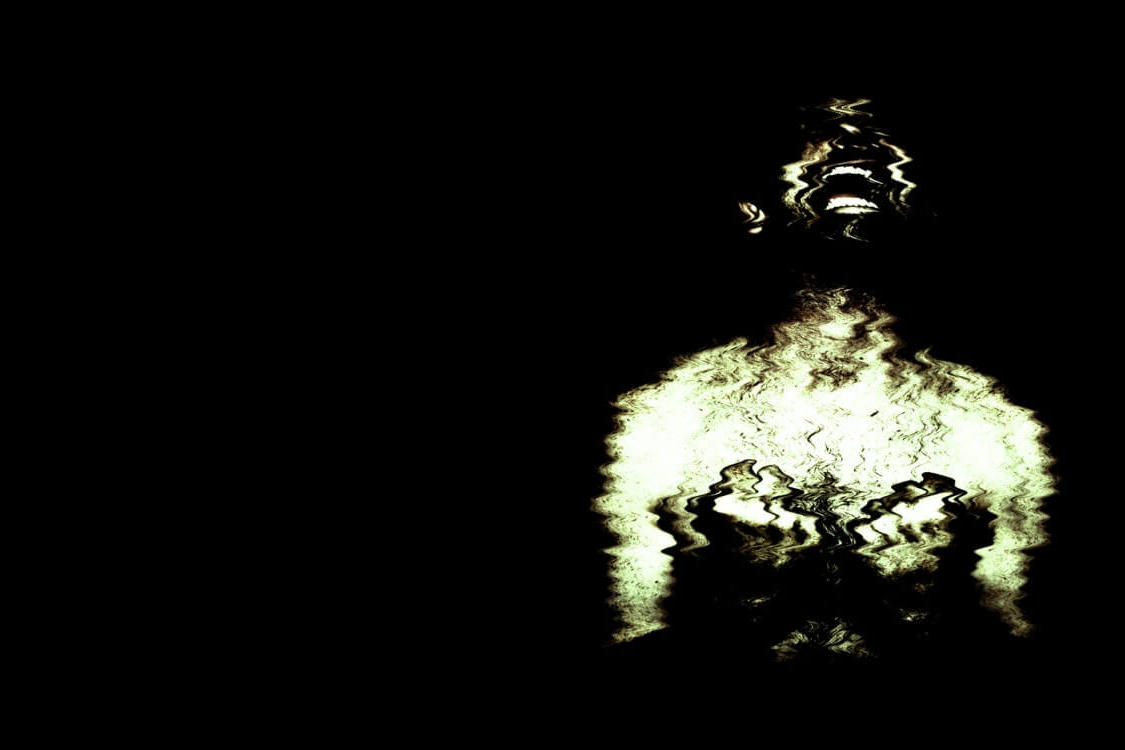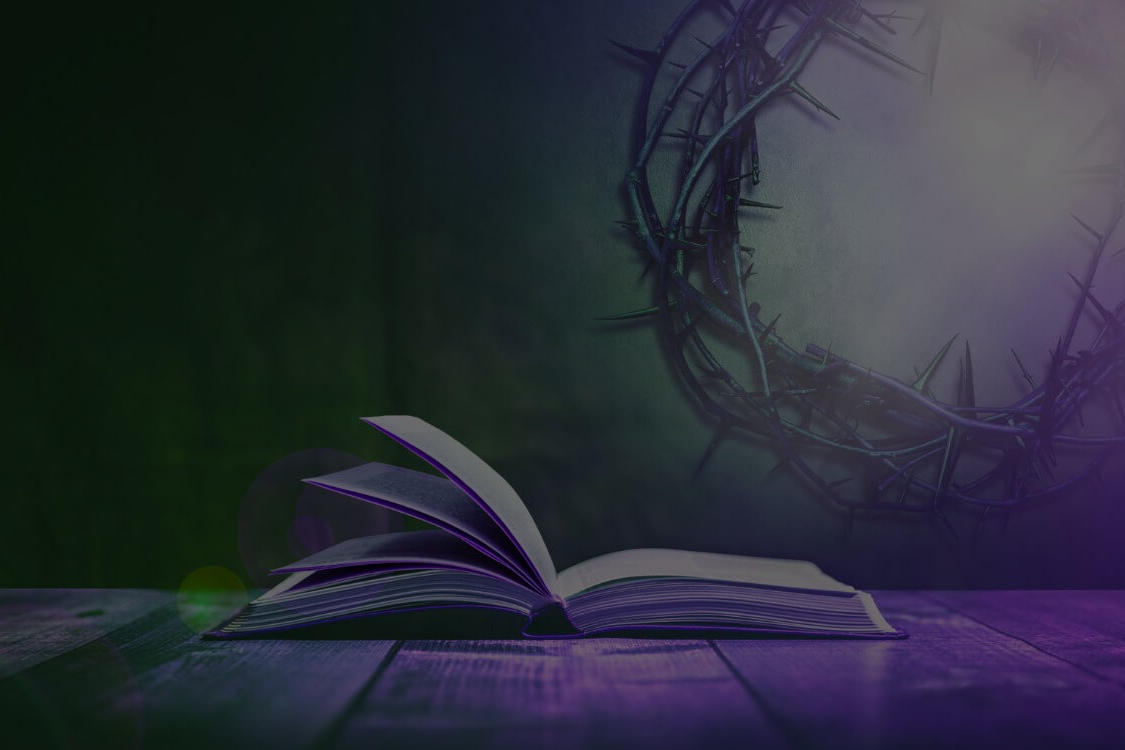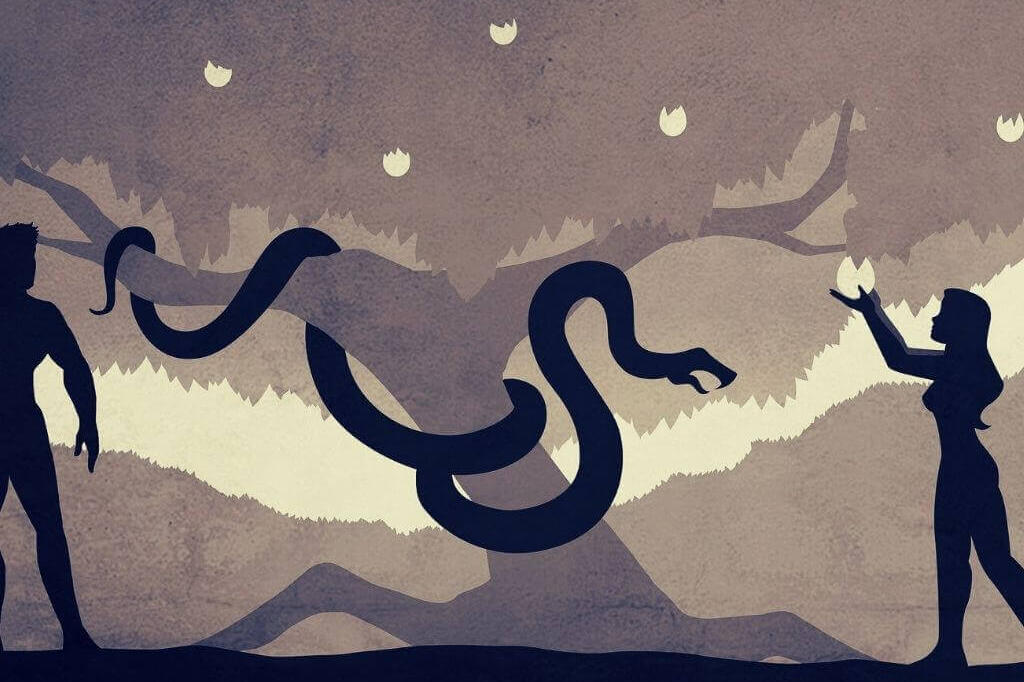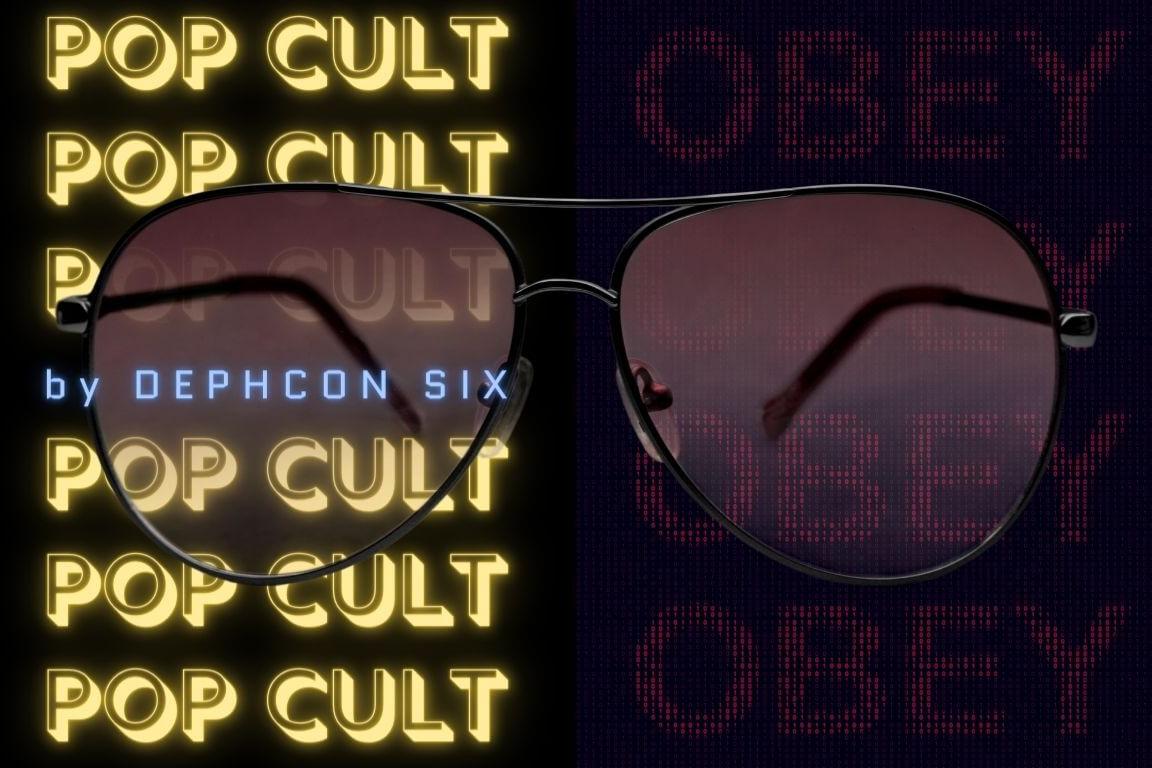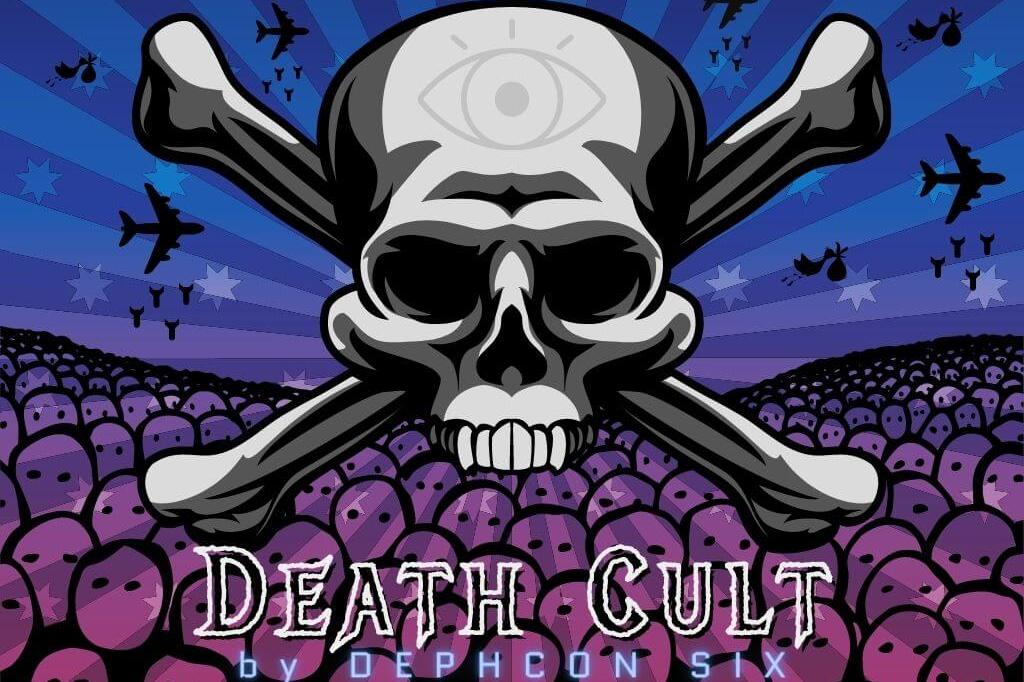It’s time to embark upon a journey. Your transportation will not be a plane, boat or car because this is no ordinary trip. This trip will not be physical, but spiritual, where the mode of transport is psychedelics. Taking this trip provides a different meaning when discussing psychedelics, where psychedelics went from the underground to the mainstream almost overnight.
The Hegelian Dialectic is on full display as spirituality pushed psychedelics into the public eye while science and politics demonized them. This led to those three societal power brokers joining forces through psyience to extol psychedelics’ virtue. This paradox leads to the following questions:
- Are psychedelics bad, good or neutral?
- Who decides if they are bad, good, or neutral?
- What does science say?
- How about spirituality and politics?
The more important question is, what does the Bible say about psychedelics? Before we answer that question, let’s answer this question: what are psychedelics?
Psychedelics
 Psychedelic drugs, or psychedelics, exist in a kaleidoscope of colors, shapes and sizes, some naturally occurring yet others man-made. The Australian Alcohol and Drug Foundation defines psychedelics as:
Psychedelic drugs, or psychedelics, exist in a kaleidoscope of colors, shapes and sizes, some naturally occurring yet others man-made. The Australian Alcohol and Drug Foundation defines psychedelics as:
a class of psychoactive substances that produce changes in perception, mood, and cognitive processes
Encyclopedia Britannica broadens the definition of psychedelics to:
also called psychotomimetic drug or hallucinogen, any of the so-called mind-expanding drugs that are able to induce states of altered perception and thought, frequently with heightened awareness of sensory input but with diminished control over what is being experienced
American author and investigative journalist, Michael Pollan, defines psychedelics as:
From the Greek for “mind manifesting.” The term was coined in 1956 by Humphry Osmond to describe drugs like LSD and psilocybin that produce radical changes in consciousness.
Massaging these three definitions together allows us to define psychedelics as substances that can alter a person’s:
- Perception
- Cognition
- Consciousness
Psychedelics produce these alterations by different mechanisms depending on the substance. So, let’s dig deeper and break psychedelics into three categories, each exhibiting their own unique psychedelic experience:
- Serotonergic – produces the classic psychedelic experience of “tripping” by serotonin interaction, examples: LSD (lysergic acid diethylamide) aka acid, psilocybin (mushrooms), and DMT (dimethyltryptamine)
- Empathogenic – produces a psychedelic experience related to emotions, examples: MDMA (3,4-methylenedioxymethamphetamine) aka ecstasy or Molly, and khat
- Dissociative – produces the psychedelic experience of detachment from the environment or self, examples: PCP (phencyclidine) aka angel dust, and ketamine (Special K)
Each psychedelic category produces a different effect on the user and each part of psyience produces a different effect on you.
Psyience
At the intersection of science, psychology, spirituality and politics lies psyience. In our Truth Psyience article, we defined psyience as the union between science and psychology with spirituality and politics that gives birth to intellectual fascism.
It is this intellectual fascism that arises when the elites’ weaponize psyience to push their agenda of control. With psychedelics in their arsenal, the elites wield them as a weapon to further the goals of their god by deceiving the one true God’s creation, us.
When governments made psychedelics illegal, it brought certain substances to light that otherwise would have remained in the darkness of laboratories and the underground. Instead, it pushed their visibility to the forefront of the cultural revolution known as the 1960s counterculture, the hippie movement.
So what happens when the elites harness the potent dyad of psyience and psychedelics and infuse it with the Hegelian Dialectic? This synthesized triad crafted, fueled, and drove the 1960s counterculture.
Turn On, Tune In, and Drop Out
In our article, Information Manipulation, we mention the CIA’s use of psychedelics upon both suspecting and unsuspecting citizens via Project Artichoke and Project MKUltra, and allude to their collusion with a psychedelic pioneer. That pioneer, the so-called LSD high priest, Dr. Timothy Leary.
Where did Leary learn about psychedelics? In a 1950s article within the all-American magazine, Life, as shared in the Time magazine article titled, When the Elite Loved LSD:
The most important person to discover drugs through the Life piece was Timothy Leary himself. Leary had never used drugs, but a friend recommended the article to him, and Leary eventually traveled to Mexico to take mushrooms. Within a few years, he had launched his crusade for America to “turn on, tune in, drop out.” In other words, you can draw a woozy but vivid line from the sedate offices of J.P. Morgan and Time Inc. in the ‘50s to Haight-Ashbury in the ‘60s to a zillion drug-rehab centers in the ‘70s. Long, strange trip indeed.
In his 1967 speech at the Human Be-In event in San Francisco, CA, the first prophet of LSD, Dr. Timothy Leary, provided the counterculture’s mantra:
Sadly, Leary’s personal life experienced tragedy when his first wife committed suicide in 1955, as well as his daughter Susan in 1990.
Undeterred by his wife’s suicide, Leary embraced psychedelics as a god in his life. His mystical and occultic ideology transcended the hippie movement as Leary viewed this movement as just the tip of the iceberg for sharing inter-dimensional insight. Psychedelics were the gateway to his new age religion.
Leary created a church called, League for Spiritual Discovery, where he stated that through LSD:
spiritual ecstasy, religious revelation and union with God were now directly accessible
His nascent house of worship centered on its unholy sacrament, LSD. While Leary established his new age mysticism, the government dropped the hammer on psychedelics by outlawing LSD amongst others, and Leary’s church shuttered less than two years after opening.
Despite this setback, Leary’s legacy blossomed after his arrest for marijuana possession in 1968. They sentenced him to prison for a decade and then things get trippy. He escaped prison with the help of, wait for it, the leftist-terrorist organization the Weather Underground and then lived in Algeria with the Black Panthers. You can’t make this stuff up.
He then escaped to Switzerland, as Leary said that the Black Panthers held him hostage. From Switzerland, he made his way to Austria, then Lebanon and finally Afghanistan, where, before deplaning, US Department of Justice agents arrested him.
If his connection to the Weather Underground and the Black Panthers didn’t trip you out, try this. After his arrest in Afghanistan, they placed Leary into solitary confinement at Folsom prison right next to the one and only, Charles Manson:
The two “hole-mates” couldn’t see each other, but they could talk. Manson didn’t understand why Leary had given people acid without trying to control them.
“They took you off the streets,” Manson explained, “so that I could continue with your work.”
Trippy.
In the video below, Leary thanks the CIA for starting the 1960s consciousness counterculture and says he’s following in Aleister Crowley’s footsteps:
The above video cemented Leary’s occultic connection while acknowledging the CIA’s counterculture connection (for more info on Leary’s connection with the CIA, follow this link).
Although Leary failed in establishing a formal psychedelic religion, his furtherance of psychedelics as its high priest led others to glorify and worship them and him, regardless of legal status. Their popularity led to psychedelic purveyors using propaganda techniques in rebranding psychedelics.
Psychedelics Rebranded
Because of Leary and the hippie movement generating a negative aura around psychedelics and hallucinogens, in particular, through their legal status, psychedelics became verboten within the average household.
Recently, however, psychedelics and hallucinogens were rebranded to entheogens, a less pejorative term and more palatable to our current “I’m not religious, I’m spiritual” new age seeking society.
In the 1979 Journal of Psychedelic Drugs article, Entheogens, they defined entheogens as:
In a strict sense, only those vision-producing drugs that can be shown to have figured in shamanic or religious rites would be designated entheogens, but in a looser sense, the term could also be applied to other drugs, both natural and artificial, that induce alterations of consciousness similar to those documented for ritual ingestion of traditional entheogens.
This rebranding leads to a gentle-sounding word versus the harsh reality of their forefather’s psychedelics.
The new age psychedelic-positive magazine, DoubleBlind Mag, confirms this as they explain who their intended audience is:
We’re not speaking to the veteran tripper nor evangelizing to the anti-drug square. We are speaking to everyone who is curious about psychedelics. And we are speaking to anyone craving fresh perspectives on some of the most important issues of our time: the depression epidemic, the corporatization of medicine, and the aching that people around the globe feel for spirituality or some other collective sense of meaning.
In their post titled, Entheogen: What Does This Word Actually Mean?, they mention psychedelics and hallucinogens rebranding to entheogens:
Entheogen was essentially a rebranding of psychedelic.
They continue by describing the definition from the Journal of Psychedelic Drugs article mentioned above:
These scholars faced a peculiar problem. They needed a new word that could restore the value and perceived validity of substances that had been dismissed and denigrated by society at large. They needed a new word that would reframe the topic and make it amenable to the history and meaning they were trying to give it.
The website continues, explaining the lag in the word entheogen, becoming common parlance:
But the word didn’t really take off, at least not immediately. It lingered in obscure subcultures and offshoots of the new age movement for most of the 1980s. It was only with the rise of rave and psytrance cultures of the 1990s, and the proliferation of ayahuasca tourism in the 2000s and 2010s, that it began to gain wide purchase. Today, the word circulates among a wide range of people, from ayahuasqueros with multigenerational lineage, to Burners and new age festival-goers who see their day-long parties as modern forms of ecstatic ritual.
They conclude:
The use of the term entheogen places contemporary party cultures in the same lineage as prehistoric divination and healing traditions. Unlike psychedelics, that looked forward towards the Age of Aquarius, entheogens look to the past.
Regardless of the terminology, psychedelic or entheogen, the DoubleBlind Mag article reaches the truth about what entheogens (psychedelics) accomplish:
… mind-altering and vision-producing substances that had been used historically to induce “states of shamanic and ecstatic possession.
Possession by whom?
Rooted within the psychedelic counterculture movement has always been deity seeking, through non-western methodologies (i.e., non-Christian) such as psychedelics and Eastern Mysticism. This is where the god of this world, Satan, through these vectors, deceived the world by mainstreaming psychedelics. By bringing these drugs into the public spotlight, it desensitized the world’s citizenry to pharmakeia.
Pharmakeia
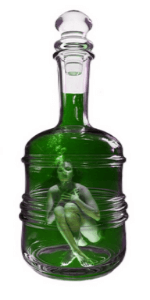 Pharmakeia and pharmaceuticals are not synonyms. Each time the word pharmakeia occurs in the Bible, (Galatians 5:19-21, Revelation 9:21, 18:23) they occur in a negative context and are defined as witchcraft or sorcery. Strong’s Definitions define pharmakeia as:
Pharmakeia and pharmaceuticals are not synonyms. Each time the word pharmakeia occurs in the Bible, (Galatians 5:19-21, Revelation 9:21, 18:23) they occur in a negative context and are defined as witchcraft or sorcery. Strong’s Definitions define pharmakeia as:
Φαρμακεία pharmakeía, far-mak-i’-ah; from G5332; medication (“pharmacy”), i.e. (by extension) magic (literally or figuratively):—sorcery, witchcraft.
Vine’s Expository Dictionary of New Testament Words explains further:
(Eng., “pharmacy,” etc.) primarily signified “the use of medicine, drugs, spells;” then, “poisoning;” then, “sorcery,” Gal 5:20, RV, “sorcery” (AV, “witchcraft”), mentioned as one of “the works of the flesh.” See also Rev 9:21; 18:23. In the Sept., Exd 7:11, 22; 8:7, 18; Isa 47:9, 12. In “sorcery,” the use of drugs, whether simple or potent, was generally accompanied by incantations and appeals to occult powers, with the provision of various charms, amulets, etc., professedly designed to keep the applicant or patient from the attention and power of demons, but actually to impress the applicant with the mysterious resources and powers of the sorcerer.
Pharmakeia is synonymous with psychedelics/hallucinogens/entheogens or any other rebranded word the psyience elites fabricate. And they deceive those who partake in psychedelics into performing an occultic ritual, whether they realize it or not. This gives Satan a foothold in their life, which, with repeated use, can lead to a stronghold.
This rebranding is exactly what the enemy wants for the world. It spawns fresh interest in an old idea, that you too can be as God when the serpent tempted Adam and Eve in the Garden of Eden (Genesis 3:5):
For God knows that in the day you eat of it your eyes will be opened, and you will be like God, knowing good and evil.
Satan manipulates the elites, like Timothy Leary and his cohorts through their institutions, to further his kingdom on earth by presenting psychedelics as a gateway to godhood.
The Only Mediator Between Man and God
Paul confirms the only mediator between us and God in 1 Timothy 2:5:
For there is one God and one Mediator between God and men, the Man Christ Jesus.
Jesus Christ, not psychedelics or entheogens or any other rebranded name, is the only way to God. Pharmakeia or any avenue a person takes to enter God’s presence other than Jesus Christ is a sin.
Do you believe this? Do you believe Jesus Christ is the only way to God (John 14:6, Acts 4:12)? If not, today is the day. Call on Jesus as your Lord and Savior and turn from your psychedelic ways. It will be the best trip you ever take.
Related Posts
February 28, 2022
How to Overcome Temptation in Your Life
Temptations are all around, but how do you fight them? This article asks and answers four questions to overcome temptation.
October 24, 2021
Sin Matrix III Genesis 6 Fall of the Watchers
In the third article of the Sin Matrix series, the Fall of the Watchers article examines the demonic influence upon humanity and what to do about it.
September 24, 2021
Why Does God Test Us: 4 Life-Changing Reasons
I don’t like them and maybe you don’t either. Tests. In this article, we discuss 4 biblical reasons to answer the question, why does God test us?
August 7, 2021
Does God Test Us: 5 Biblical Examples
Does God test us? Are you going through a tough time and feeling like your world is falling apart? Fret not, for these trials might be from the Lord.
July 6, 2021
Death Cult II: The Immortality Hunt
Since the Fall of Man, the elites leave no stone unturned in their hunt for immortality, except one, the chief cornerstone, the only way to true immortality.
June 6, 2021
Information Manipulation: 5 Steps to Discern Truth
Information manipulation includes; disinformation, propaganda, and psychological operations. JIADS is 5 steps to discern the truth.
April 15, 2021
Sin Matrix II: Genesis 3 The Fall of Man
The Fall of Man was swift. With one bite, sin altered humanity with the death code mutating the DNA of God’s creation.
January 27, 2021
Pop Cult: The Secret Agenda of Manipulation
There is a subtle yet powerful force influencing you. The Pop Cult. The globalist elites’ propaganda and public relations firm executing their secret agenda.
November 28, 2020
Death Cult: The Eugenics Religion Exposed
The Death Cult, a eugenics religion, created a society where dissenters are struck with cultural, economic, and political turmoil.


